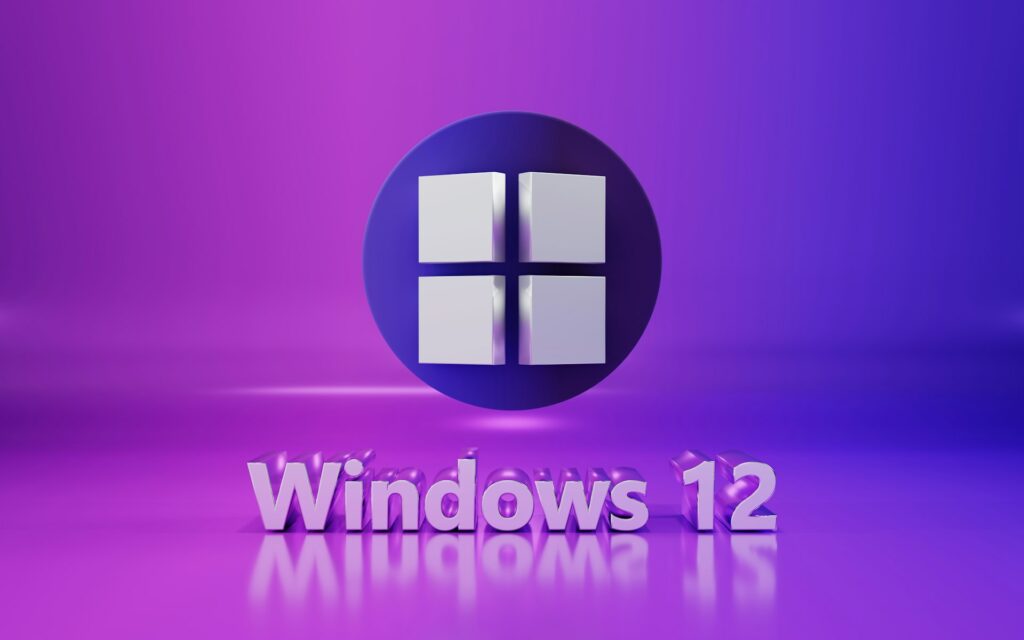Addressing the Most Common Errors That Occur During Windows Updates

Addressing the Most Common Errors That Occur During Windows Updates
Although Windows updates are critical for security, speed, and stability, a lot of people have difficulties throughout the installation process. Problems with the internet, inadequate storage space, damaged system files, or even conflicts between software programs may all be contributing factors to these difficulties. The positive aspect of this situation is that the majority of mistakes that occur during updates may be resolved by following a few basic procedures.
Reasons for the Occurrence of Windows Update Errors
The following are the most common reasons for update failures:
- Files for updates that are corrupted or incomplete
- An internet connection that is unreliable or has interruptions
- Insufficient free space on the system drive
- Drivers that are incompatible with one another or software that is provided by a third party
Issues with the Windows update services
Make sure that you have a working internet connection.
Having a connection that is dependable is of the utmost importance. In the event of an update failure, try:
- Rebooting either your modem or your router
- When feasible, use a wired connection
- Taking a break from other video streaming or large downloads while the update is being installed
Make Room for More Storage
Updates need sufficient space in order to be downloaded and installed. In order to create more space:
- Utilize the Disk Cleanup program, which is integrated into the system, to remove files that are not needed.
- Get rid of programs that are not being utilized
- Move personal files that are huge in size to an external disk.
- Take out all of the recyclables from the bin.
Utilize the Troubleshooter for Windows Update
Windows offers a built-in utility that is meant to identify and repair common update issues automatically. You are able to access it via the Settings application, which may be found in the Troubleshoot area.
Make sure to restart the Windows Update Services.
There are occasions when background services that are responsible for handling updates get stuck. The automatic resetting of these settings is a frequent occurrence when you restart your computer, and this may enable updates to be installed successfully the next time you try.
Get Rid of Old Update Files
If progress is being hindered by update files that are either outdated or damaged, it is beneficial to remove them. This is accomplished by removing the temporary update files that are located in the SoftwareDistribution folder. Following a reboot, Windows will proceed to download new copies of the files that are necessary.
Make Sure That the Device Drivers Are Up to Date
It is possible for out-of-date or incompatible drivers to prevent updates from being installed. You may check for updates by using Device Manager, or you can download the most recent drivers directly from the website of the company that manufactured your PC.
Fix System Files
The update process may experience recurrent failures in the event that system files are damaged. Windows operating systems come with integrated utilities that are able to check and fix these files without any user intervention. Stability is restored and persistent issues are often resolved when these tools are run.
Manually Install Updates
You have the option of manually installing updates if they are not successfully installed via automated updates. Find the update code (for example, “KB” followed by a string of digits) in your update history, and then get the file by downloading it straight from Microsoft’s update catalog.
You should try a Clean Boot.
There is a possibility that some software programs from third-party developers may prevent updates from being installed. It is possible that the update will be completed if you restart your personal computer in clean boot mode, which is a condition in which only the most important Windows programs are operating.
Restart the Windows Update Components
In the event that nothing else works, it may be necessary to do a complete reset of the Windows Update system. This method effectively provides the update system with a new start by clearing off all of the settings, services, and temporary files that are associated with updates.
Think About Doing a Repair Installation
If you continue to have difficulties, a repair installation of Windows may solve severe system-level faults without wiping your personal information or apps.
Take Precautions to Avert Errors in Future Updates
In order to prevent the reoccurrence of issues related to updates:
- Make sure that there is at least 10 GB of free space on your system disk.
- Use Windows Security to scan for malicious software on a regular basis.
- As required, make sure that you keep your drivers up to date.
- In order to avoid files from being corrupted, it is important to correctly shut down your computer.
Although issues that occur during Windows updates might be frustrating, they are often simple to resolve if one follows a systematic method. There are a number of different approaches that may be taken, ranging from clearing up storage and restarting services to fixing system files or applying updates manually. You may be able to prevent disruptions and guarantee that your upgrades go more smoothly if you keep your system maintained and make preparations in advance.




